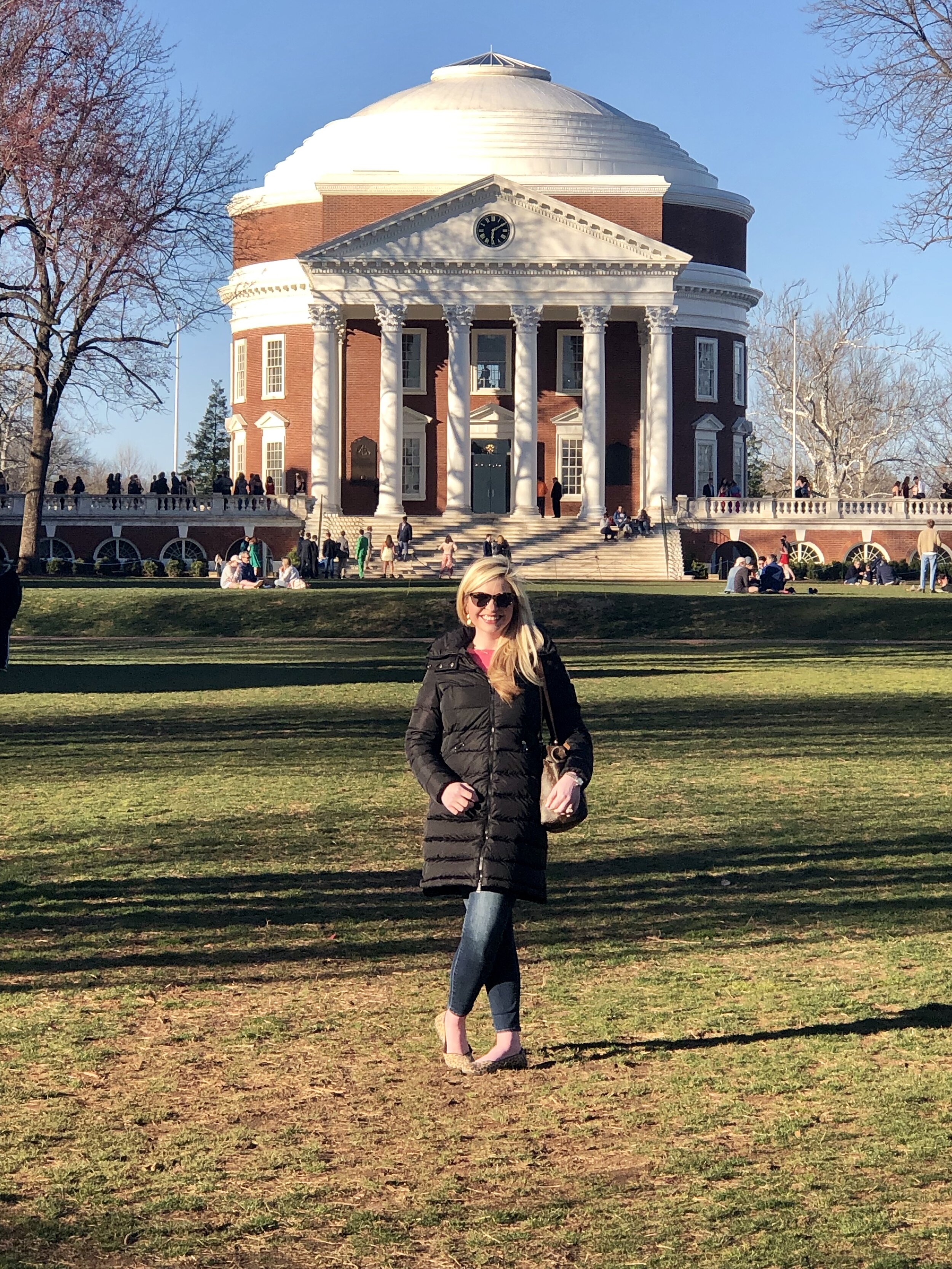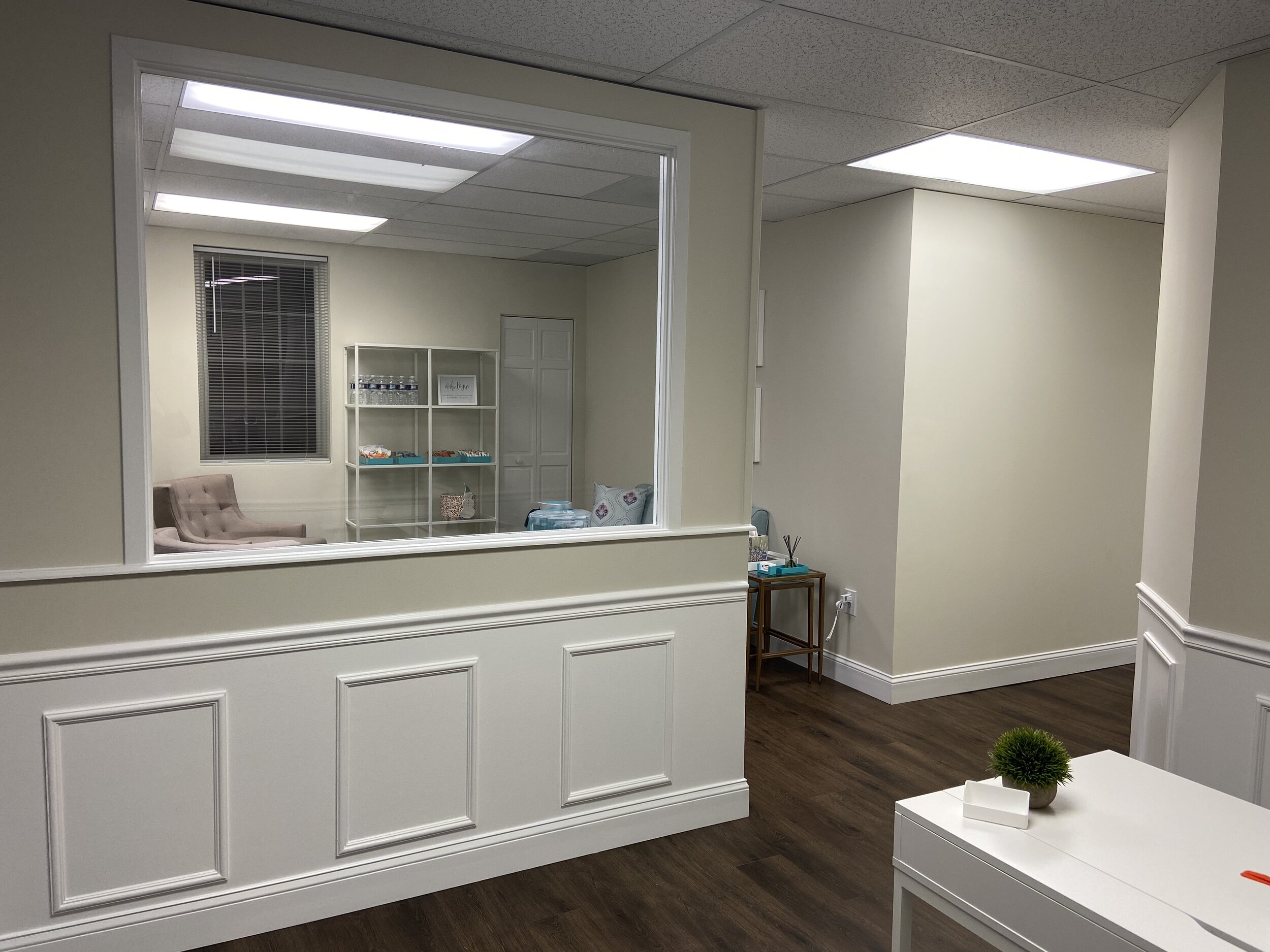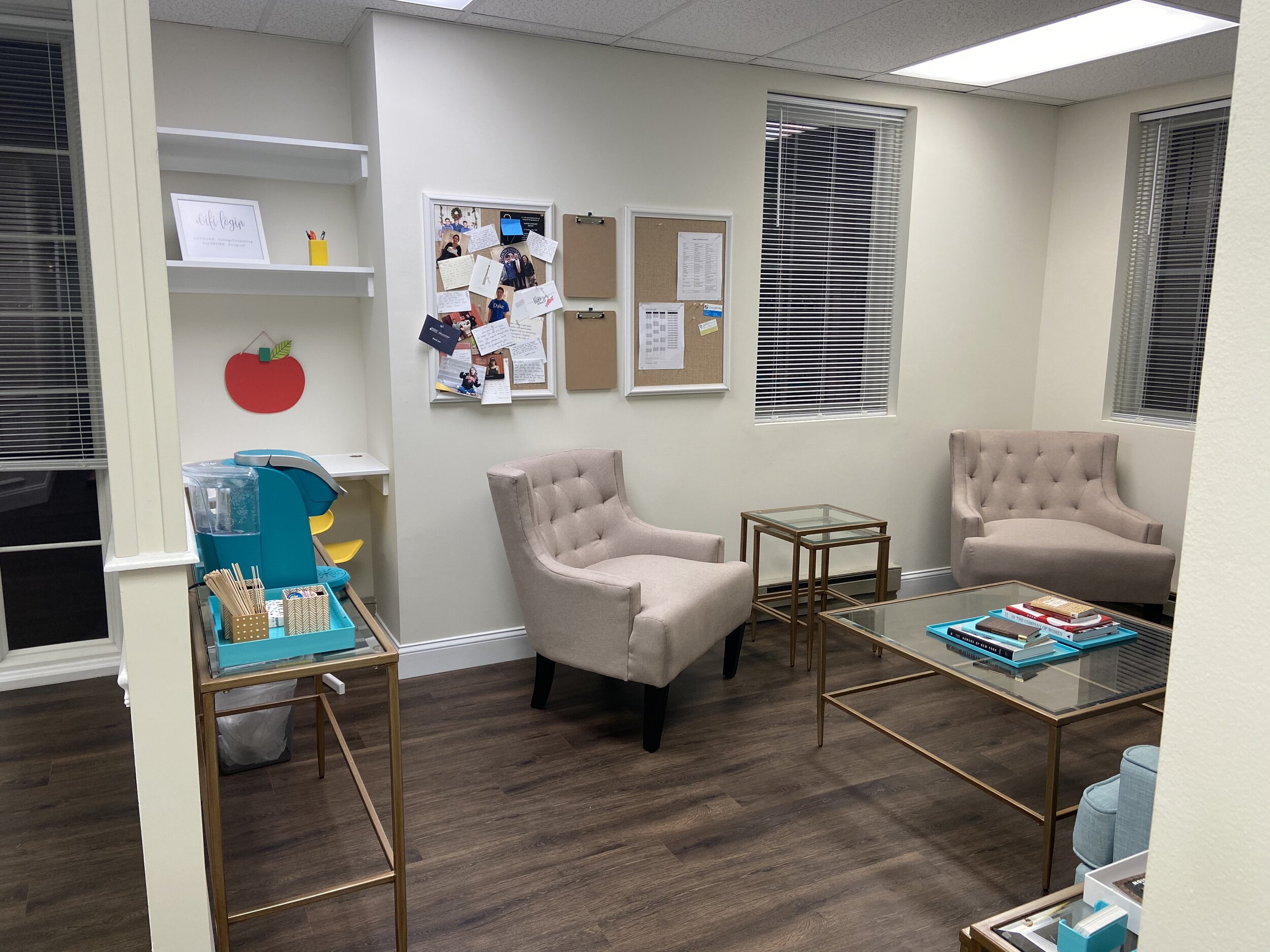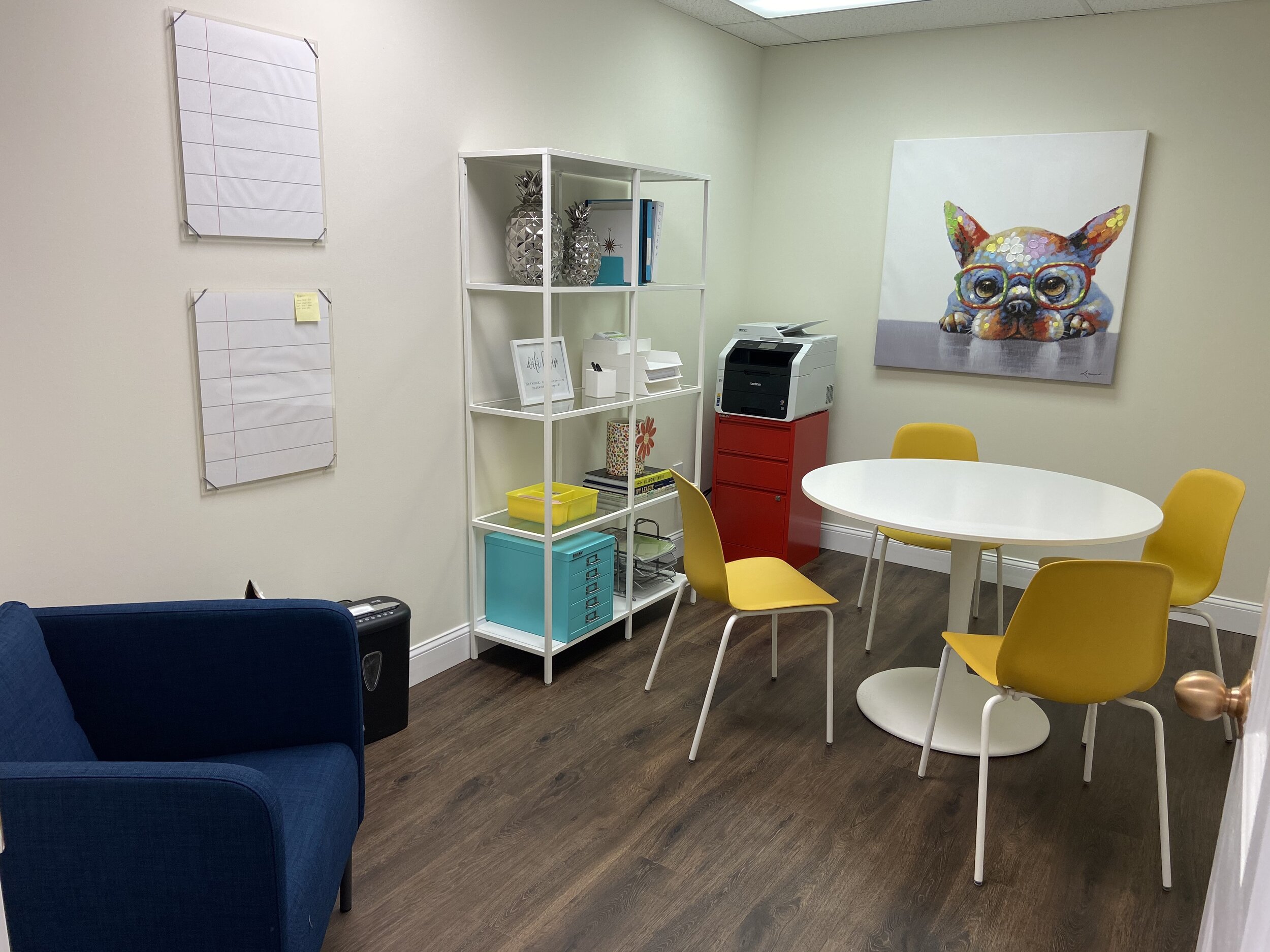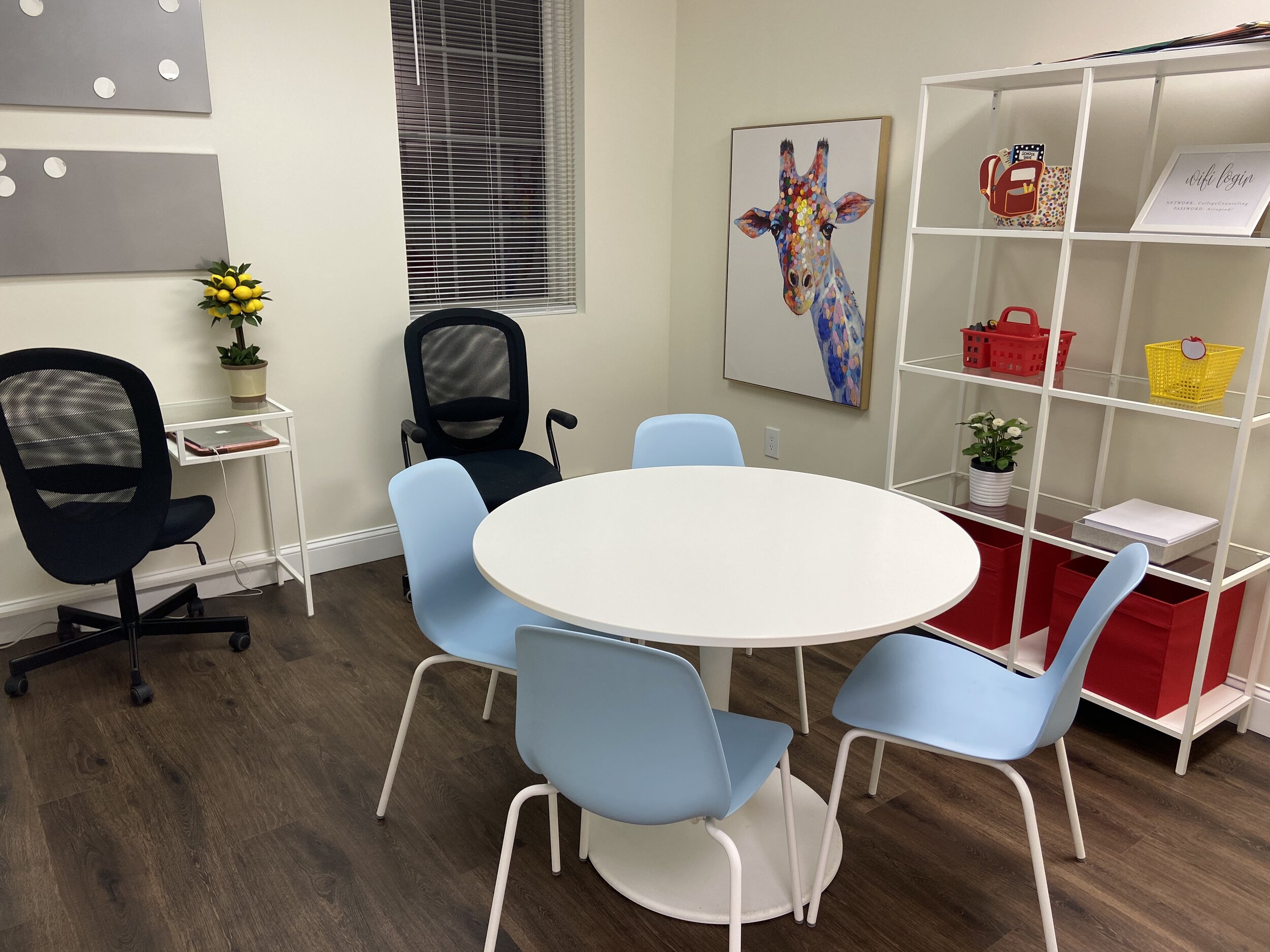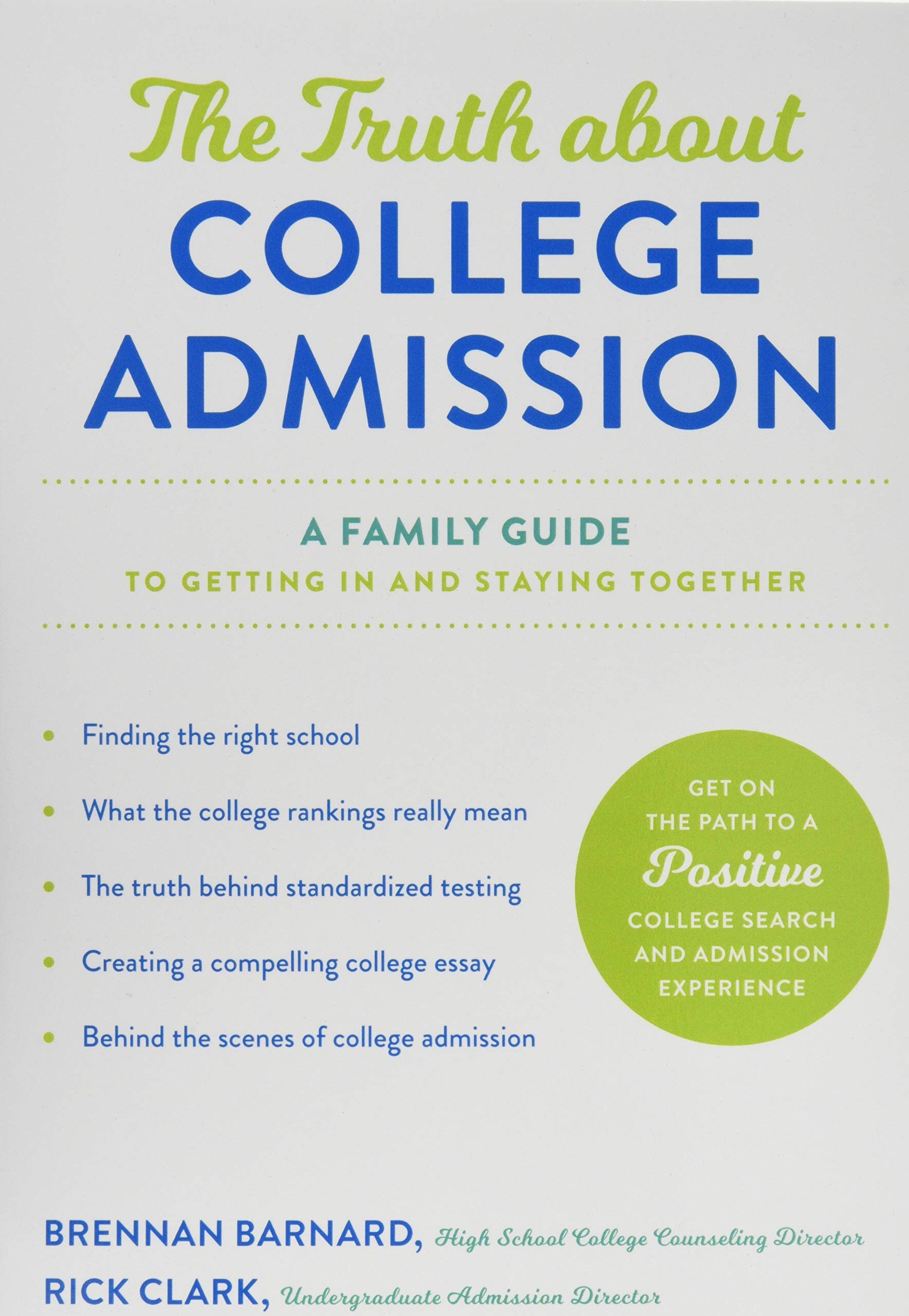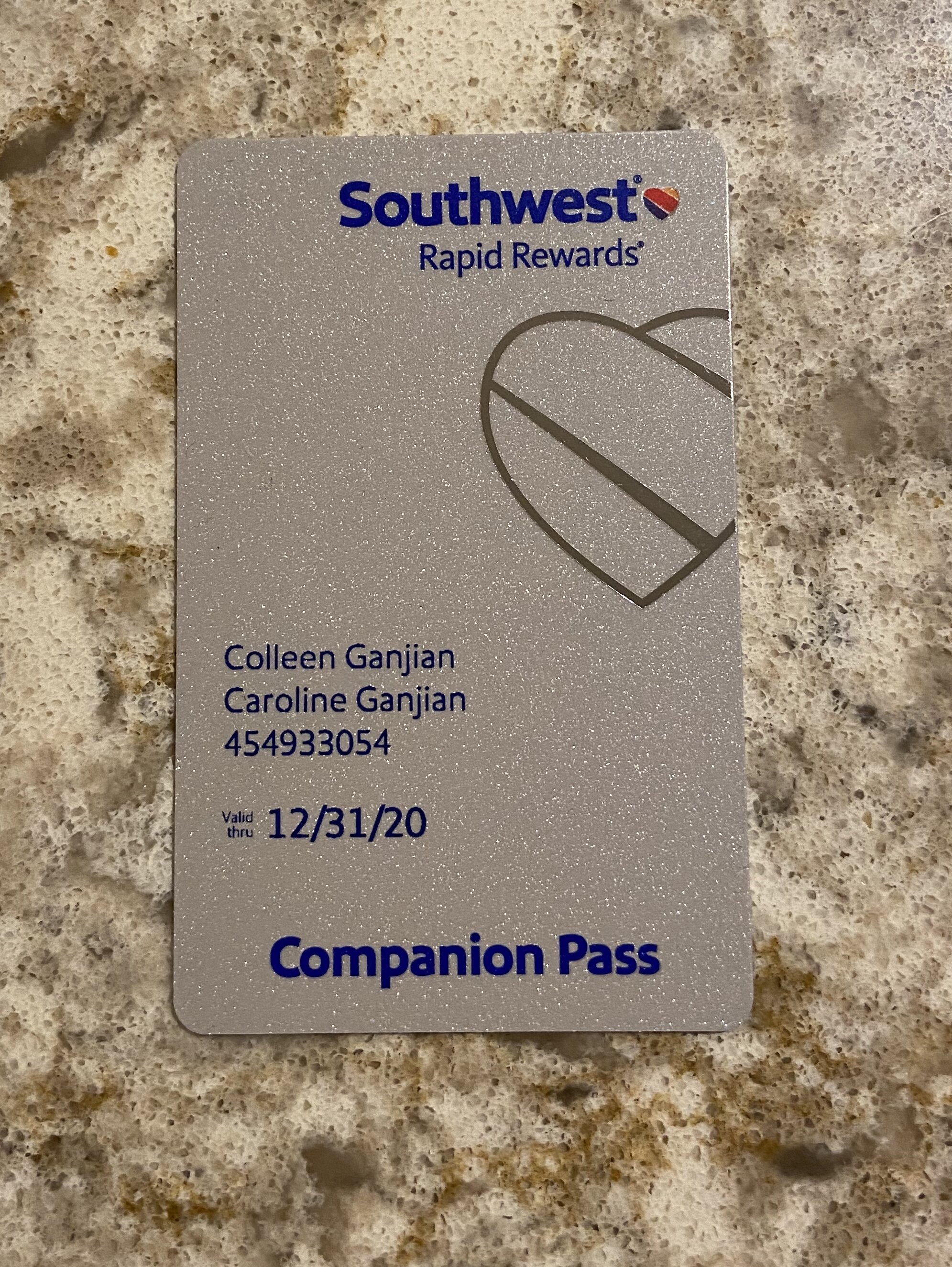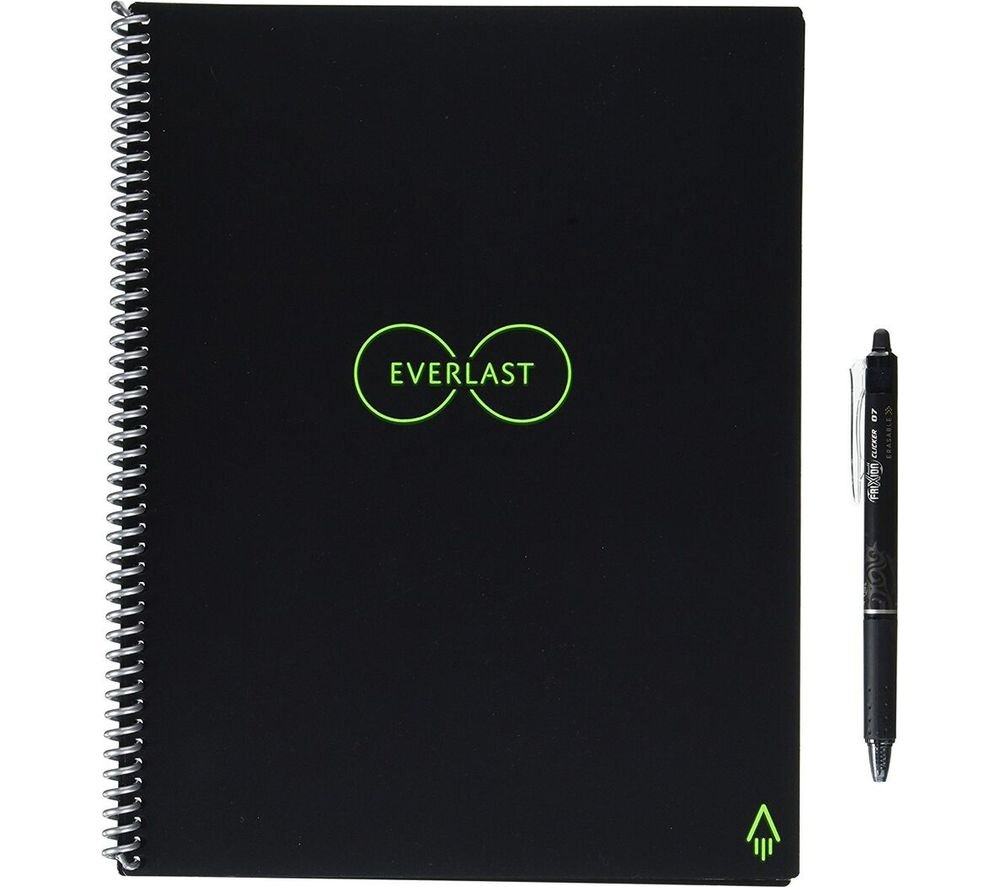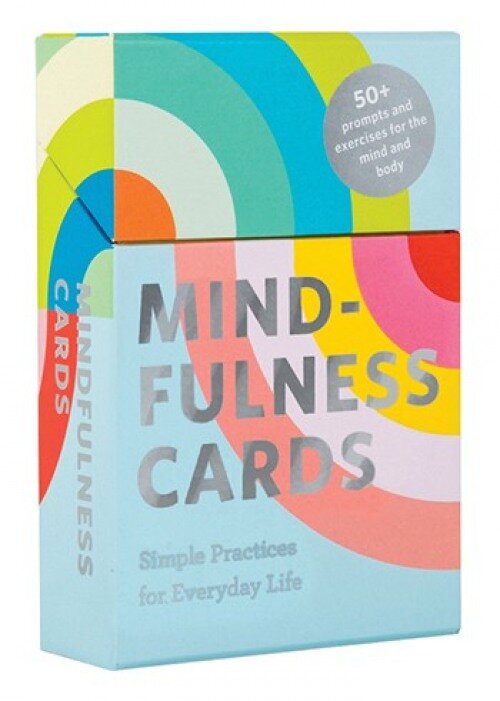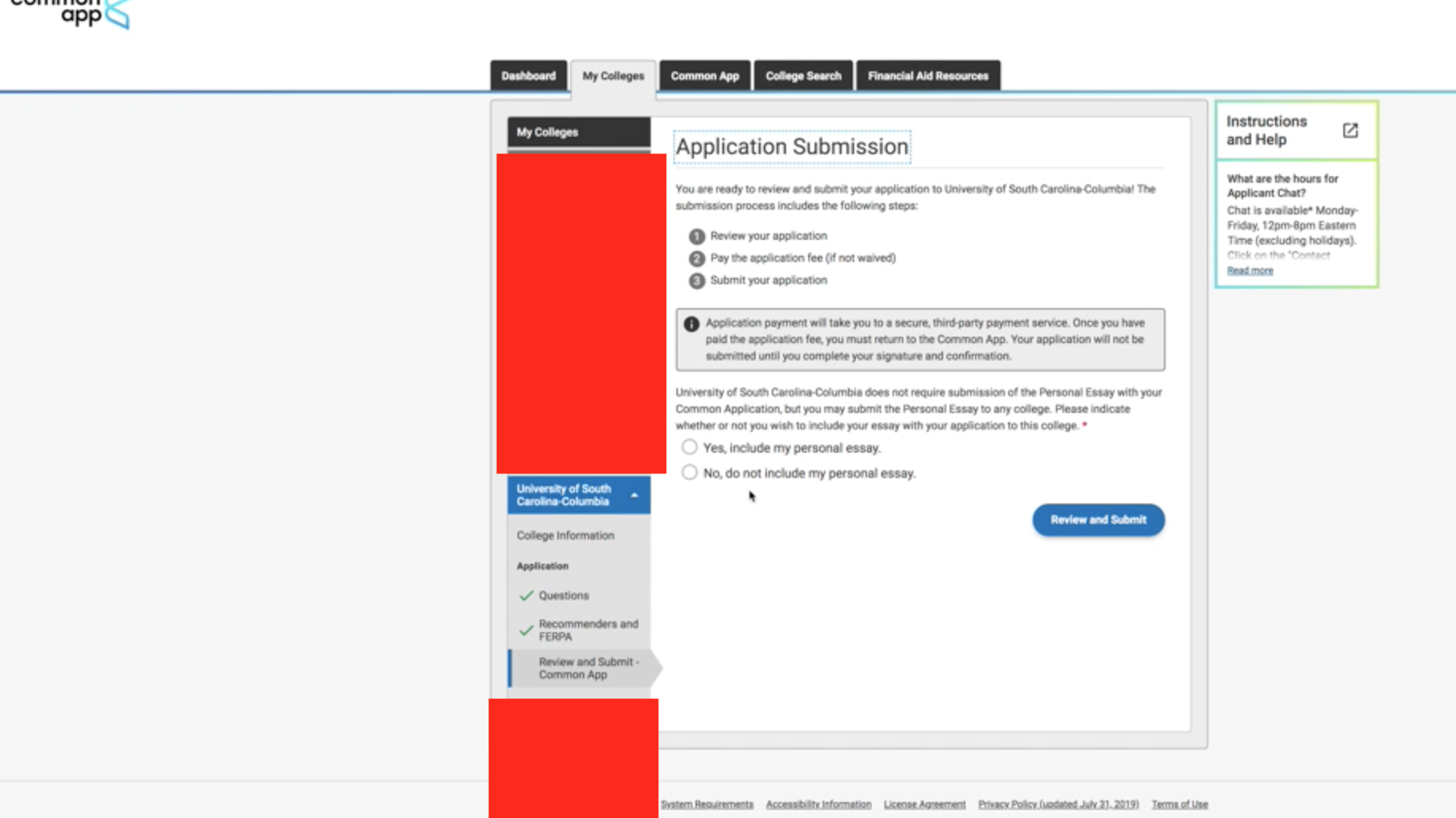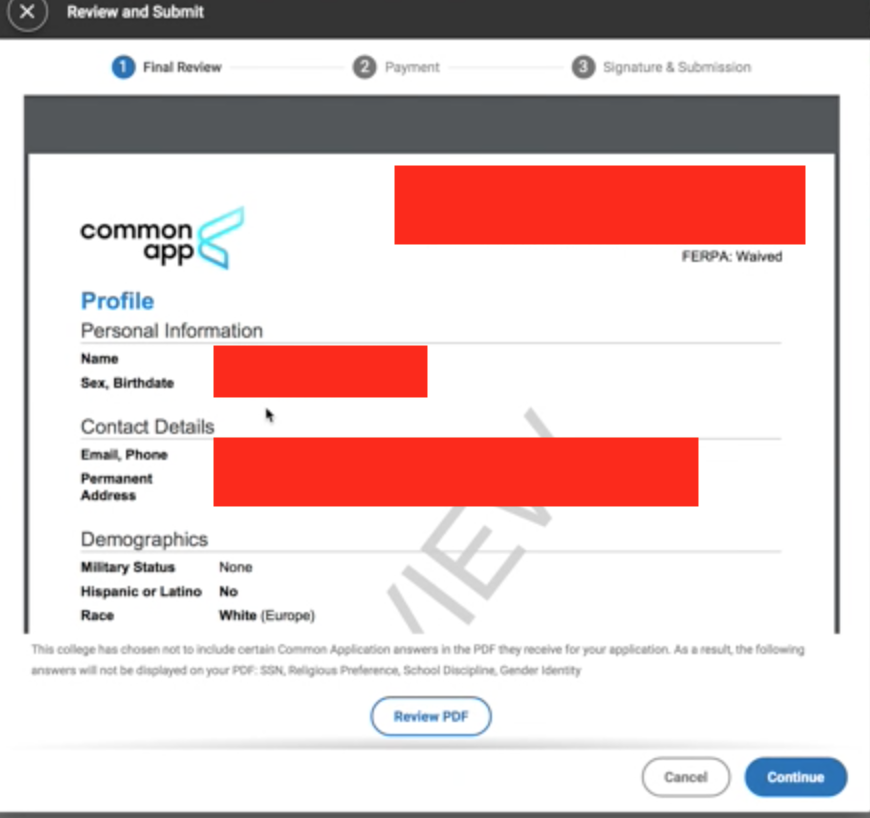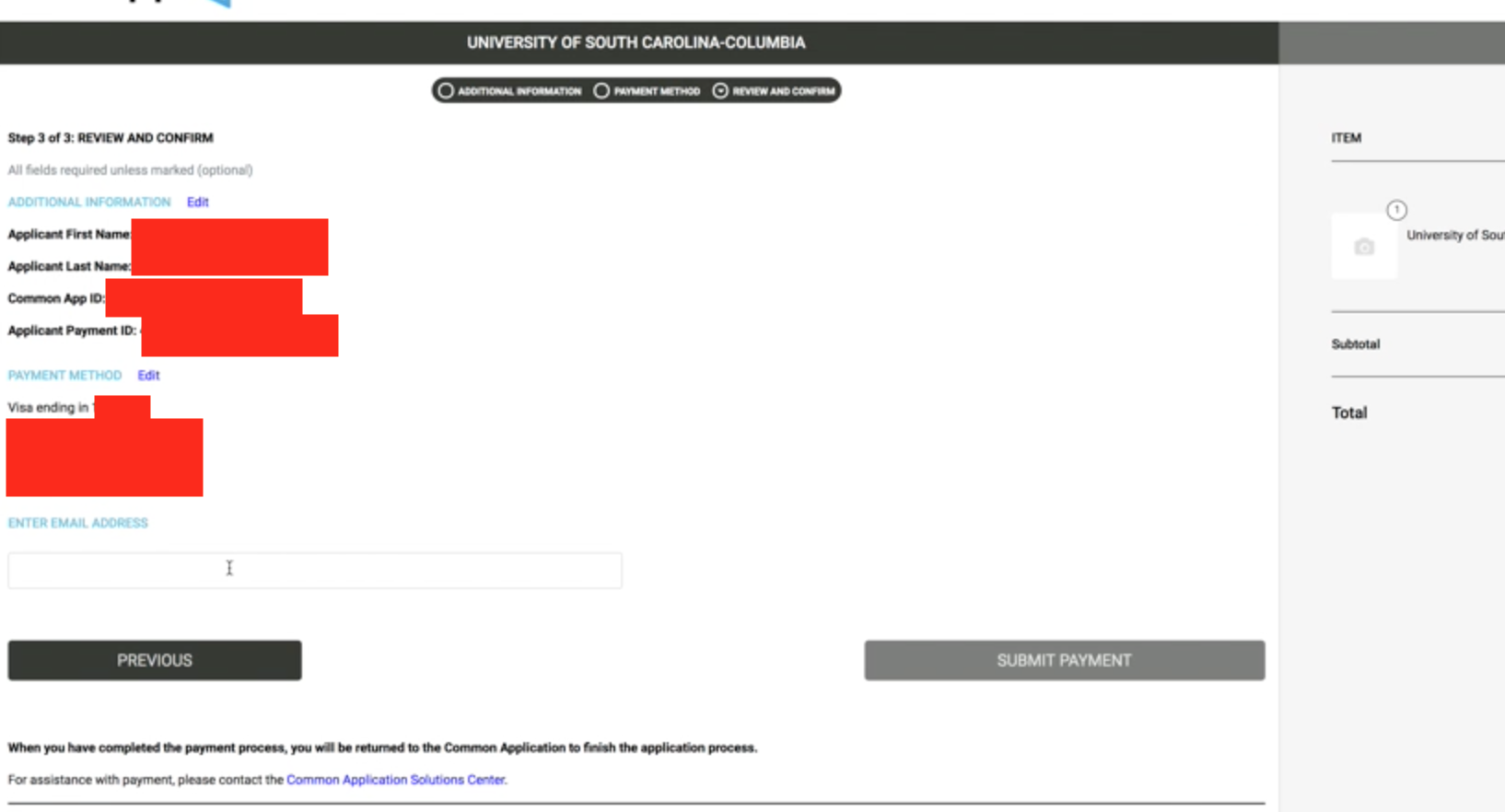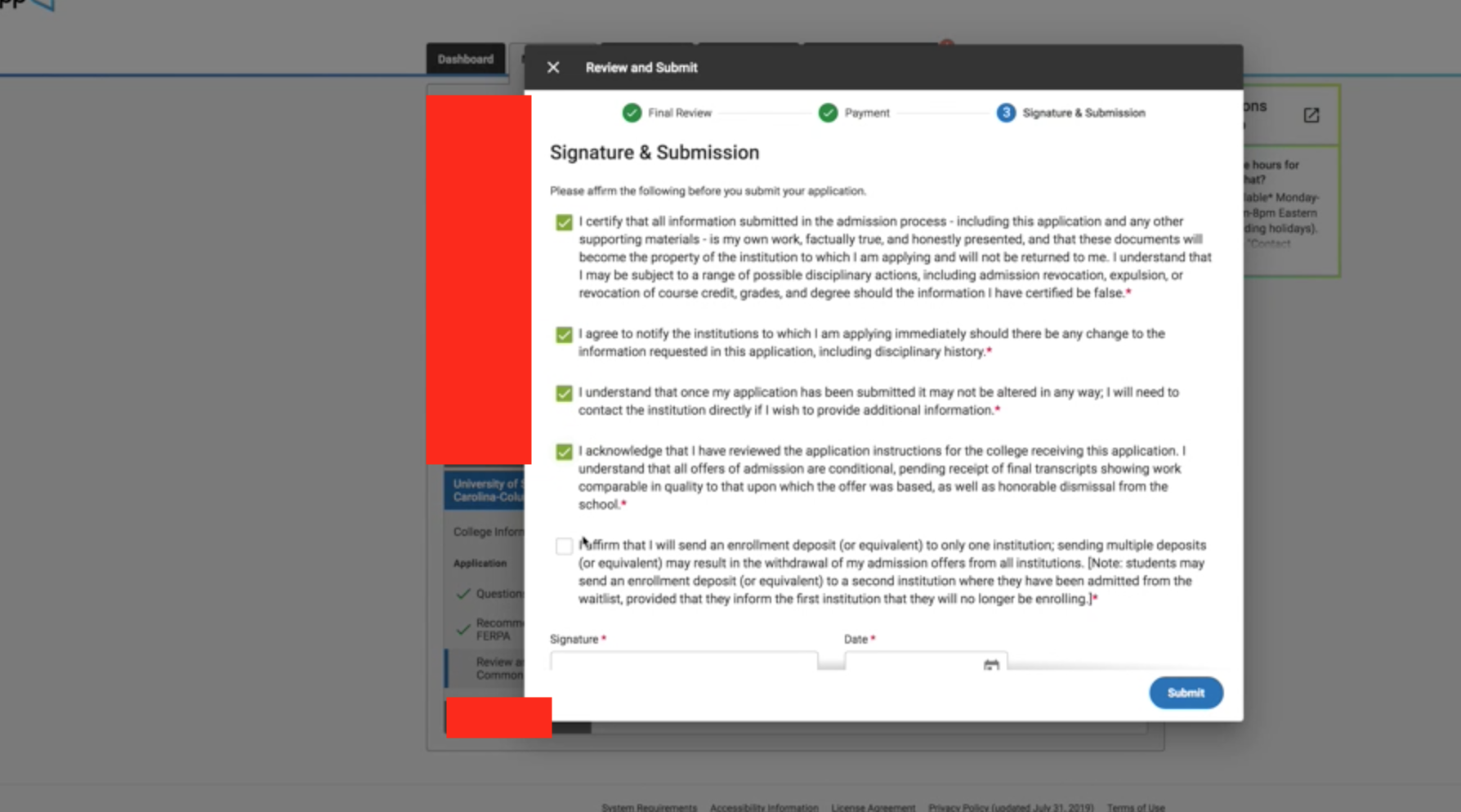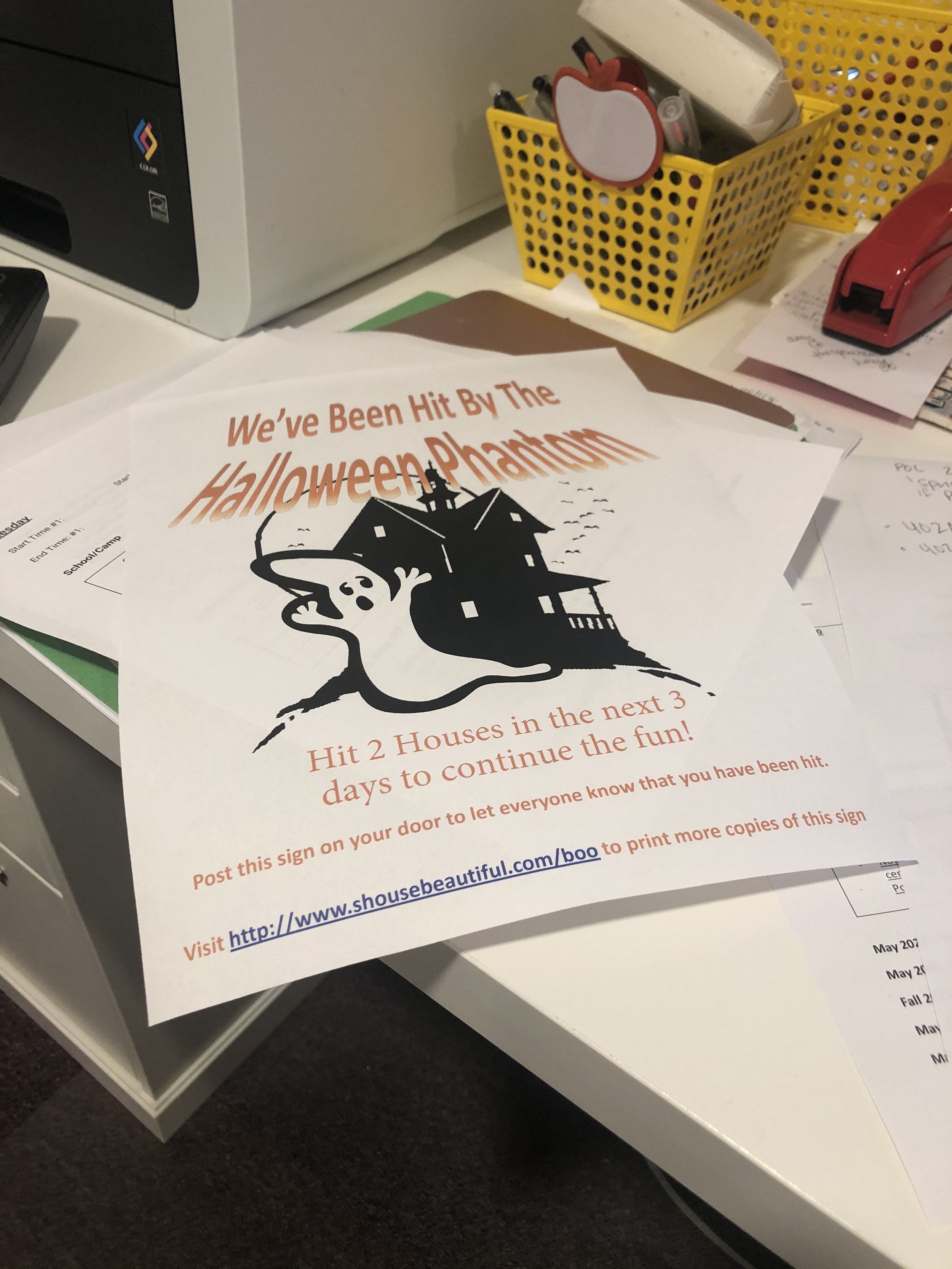On the morning of September 9, 2001, I woke up as my flight from New York was landing in London. I was a junior in high school and my best friends and I had finally arrived to start our “term abroad.” We were SO excited for everything ahead. I’ll never forget excitedly rushing to aol.com to sign in two days later when our group finally got internet access. I was the first one to make it to a computer. Before I could even enter my screen name (ha), there it was: a photo of the planes hitting the WTC.
BOOM! Life changed. In an instant. Forever.
Junior year is a tough time for anyone; that was true twenty years ago and it will be true twenty years from now. Your grades are all of the sudden incredibly important, you’re struggling with test prep, you’re trying to squeeze in college visits, you might be managing a handful of AP classes - it’s just so incredibly stressful in the best of circumstances.
Now, add a global crisis as the cherry on top of the pre-existing stress. That’s just a really, really difficult situation. I’ve been there. I get it.
So, as I see post upon post on social media about how sad it is that seniors are losing all of their end-of-high-school milestones - and don’t get me wrong, I feel terrible for the seniors too - I also think we need to remind ourselves: let’s not forget about the juniors. The seniors were already mentally checked out on high school well before this happened. But when the juniors look back in twenty years, these are the months they will remember. COVID-19 will probably define their high school experience, just as 9/11 defined mine.
Most of our seniors were admitted ED - so with school out, we’ve essentially spent the last couple of weeks with juniors, all day long. I can tell you firsthand that most of these kids are incredibly worried and scared about what the future will hold. They don’t know when they’re going to get to take the standardized tests that are hanging over their heads; they don’t know what’s going to happen to the coveted summer internships they worked so hard to land back in January and February; they don’t know if their schools will be back in session next fall. But they do know that their actions during this time will be judged by college admissions officers in less than a year - and the clock is ticking.
All of this on top of the fact that the “teenage brain is wired with an enhanced capacity for fear and anxiety, but is relatively underdeveloped when it comes to calm reasoning.” YIKES.
Here is some advice to help parents of juniors support their kids right now:
Try to be open and honest about any concerns with which your family is struggling, from finances to illnesses. Teenage imaginations will almost always create situations that are far worse than reality, so look at this as an opportunity to build trust that will come in handy during the college years ahead.
Watch for signs of depression and serious anxiety. When we meet with students on a regular basis, we can see shifts that might not be obvious to parents who see their children every day and aren’t actively looking out for this type of thing. Obviously, we share concerns when appropriate but every parent should be paying attention right now as well.
Pick your battles. Avoid power struggles. Cut them slack in all the areas that don’t really matter - but at the same time, set non-negotiable rules that emphasize health and wellness. Everyone needs to be getting an adequate amount of sleep right now to keep their immune systems functioning as well as possible, and it’s totally unacceptable for kids to be leaving the house to socialize.
Remind them about the silver linings of this situation. As terrible as this is, there are also a number of unexpected advantages. Kids who have been working like crazy all year can relax a little bit without worrying about messing up their perfect GPAs. Kids who haven’t been working like crazy can take advantage of a rare opportunity to positively influence their grades for the year. There are a million cool courses they can take online to explore different fields and now they actually have time to pursue them!
Celebrate their successes and accomplishments. We have a whole bunch of kids who just finished their Common App essays or are about to finish them within the next week. They are also making incredible headway on their teacher and counselor recommendation prep work, they finished their Common Applications long ago - we even have one girl who has written five supplemental essays already in addition to her main Common App essay! We are so proud! It’s important to recognize your kids’ hard work - and remind them how the upcoming months will be so. much. easier. as a result of buckling down now (here’s our list of suggestions for spending this time productively in case you haven’t read it yet).
And on a lighter (but totally serious!) note -
We at DC College Counseling are taking the official stance of no pandemic essays for the Class of 2021.
So, please don’t encourage this - NOT a good idea, Mom and Dad, NOT A GOOD IDEA AT ALL! This is going to sound terribly morbid, but if an immediate family member passes away, we will find a way to work that in. Otherwise, we need to show the admissions committee that there is more to your student than a pandemic that every single kid on the planet (literally!) is dealing with right now. Wasting valuable essay space on a topic that will not differentiate your student from any other student is not a good idea, no matter how life-altering this period of time will be for all of us.
More like 12,500th. 125,000th? Seriously, I would not be surprised if 75% of applicants write about this.
NOT UNDER OUR WATCH, PLEASE!
P.S. While it kills me to admit this, I actually did write the 9/11 version of the above for my college essay. Ughhhh. I know, I know. And my mom thought it was fantastic. Of course she did. It probably had two spaces after the periods, too. What can I say, we live and learn, right?!
